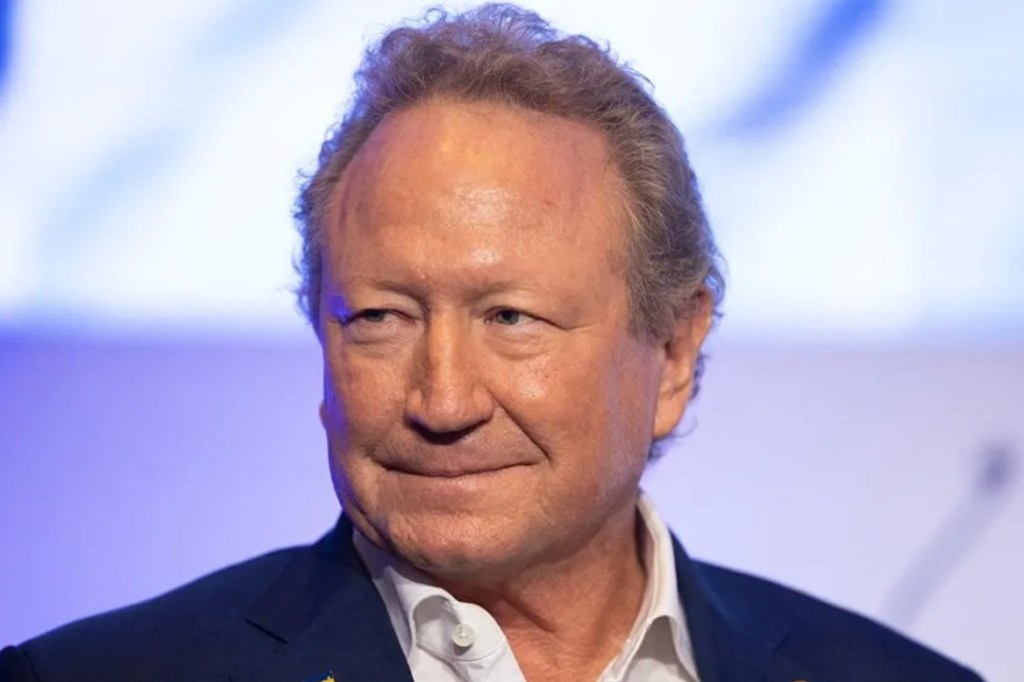Dutton claims nuclear is $263 billion cheaper than going green

Opposition Leader Peter Dutton will claim his plan for nuclear power in Australia is $263 billion cheaper than Labor’s transition to renewables, according to reports.
Dutton will on Friday release modelling, undertaken by Frontier Economics, to build seven nuclear plants in regional centres across Australia.
The costings claim Dutton’s nuclear future would come in at $331 billion, compared to Labor’s $594 billion, according to a report in The Conversation by Michelle Grattan.
The figure is at odds with respected scientists, energy experts and industry players who have warned that nuclear energy does not stack up for Australia.
The Coalition’s policy is for nuclear to make up 38 per cent of electricity generation by 2050, with renewables to comprise 54 per cent.
That means coal-fired power stations would still be needed for longer – with the first to be replaced by nuclear in the mid-2030s.
Labor’s green path promises renewables will produce 82 per cent of power by 2030.
You might like
Dutton’s power plan has reportedly caused internal ructions within the Coalition. Senior Liberals are concerned the politically risky move could distract from hammering Labor on the cost of living.
Fear, anger and division are also gripping regional communities earmarked for nuclear, with the Coalition accused of stoking a “culture war”.
The Coalition’s big reveal comes after the GenCost 2024-25 Report on Monday found renewables were the cheapest way forward.
Nuclear energy generation would be 1½ to two times more expensive than large-scale solar, according to the analysis by the national science agency CSIRO and the Australian Energy Market Operator.
A one-gigawatt nuclear plant had a price tag of roughly $9 billion.
Energy market operators would also need to establish new connection points to safely supply the national electricity grid, experts have said.
The Coalition is pushing for an end to Australia’s nuclear ban and has previously promised to have reactors online as soon as 10 years if it wins the 2025 federal election.
Emeritus Professor Ken Baldwin, from the Australian National University, said solar and wind remained the cheapest form of electricity generation.
Stay informed, daily
“This cost advantage over nuclear is projected to widen over the coming decades — especially by the earliest date that nuclear could foreseeably be expected to operate in Australia in the late 2030s, given the projected lead time of around 15 years,” he said.
Operational, fuel, and waste costs would also be higher for nuclear, according to Senior Research Fellow Thomas Longden at Western Sydney University.
Clean Energy Council chief executive Kane Thornton warned nuclear power would mean more solar would be switched off.
“You can’t argue with facts … nuclear is the most expensive pathway to replacing coal generation as it closes, which would directly impact Aussie hip pockets, driving energy bills up even higher,” he said.
Advocates have demanded greater recognition of the potential cost advantages of nuclear’s long operating life compared to solar panels and wind turbines.
But CSIRO chief energy economist and GenCost lead author Paul Graham said he found none.
“Similar cost savings can be achieved with shorter-lived technologies including renewables, even when accounting for the need to build them twice,” Graham said.
Nuclear’s capacity factor — referring to how much of a year a reactor could operate at full tilt — remains unaltered at 53-89 per cent based on verifiable data and consideration of Australia’s unique electricity generation needs.
Nor would the often-touted United Arab Emirates example of a relatively quick 12-year nuclear construction time-frame be achievable here, the report found, because Australians require consultation.
“The facts are laid out very clearly in the GenCost report, and our government respects the work of CSIRO scientists and researchers and listens to that advice,” Industry and Science Minister Ed Husic said.
Australian Conservation Foundation nuclear policy analyst Dave Sweeney said four million households with rooftop solar had already voted with their feet and wallets.
– with AAP








